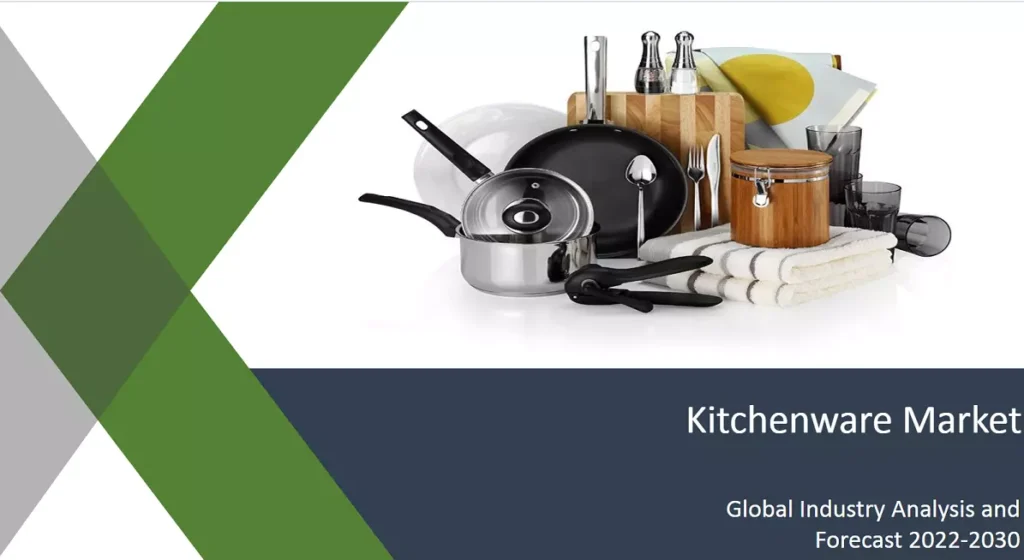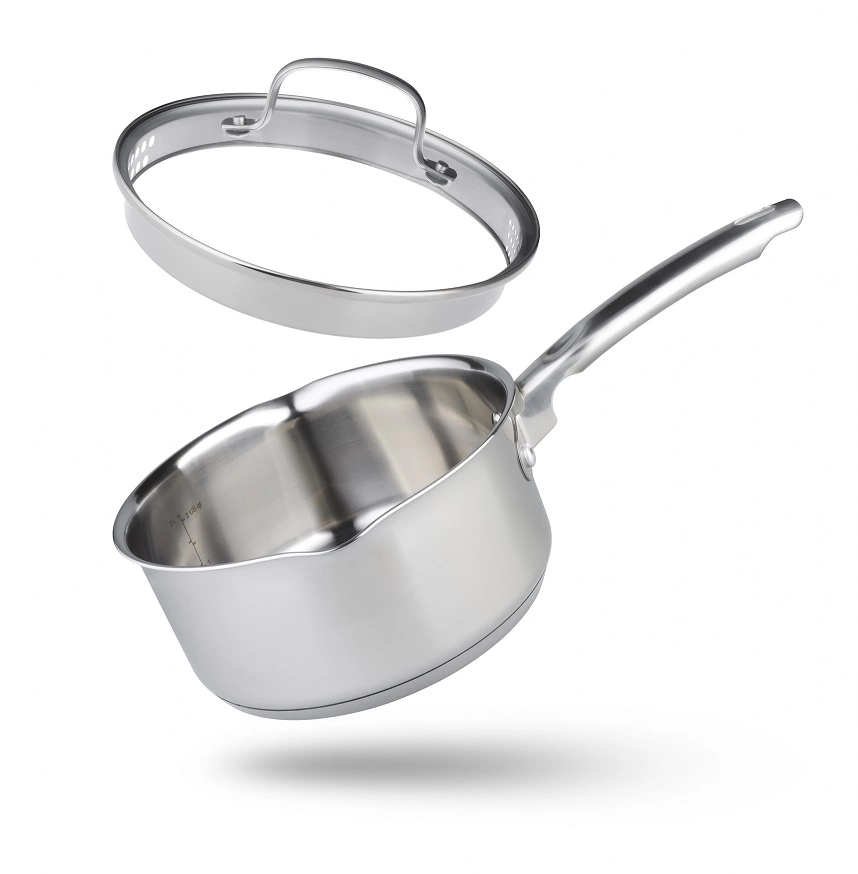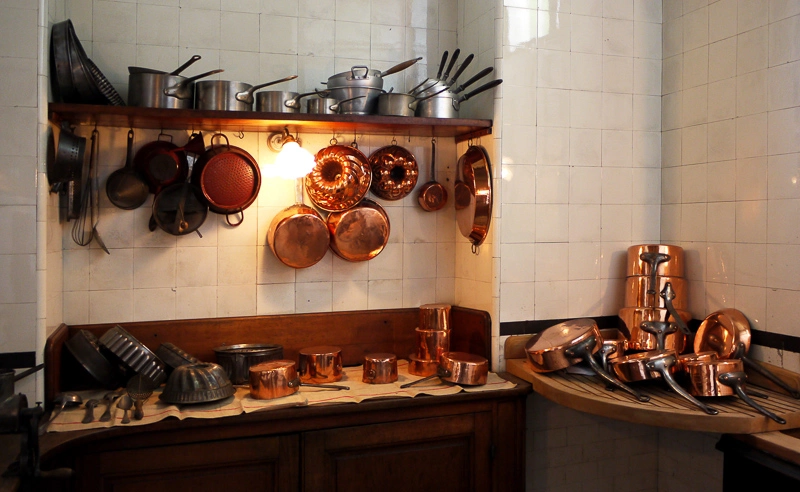
Over the ten year period of 2009–2018, the global kitchenware market will grow by US$20.3 billion in new sales. The majority (53.4%) of these new sales will come from the Chinese market, which will increase in value by US$10.8 billion.
The Western European market will decline in sales by US$2.0 billion, reducing this region’s global share from 39.4% in 2009 to only 28.7% in 2018. With a value of US$11.1 billion, 2013 marked the first time in history that sales of the U.S. kitchenware market fell behind its Chinese counterpart.
The remaining regions of the world (others) will retain a 2018 global market share of 39.8%, a proportion that is identical to its position in 2013. Kitchenware sales in the U.S. increased from US$10.3 billion in 2009 to US$11.2 billion in 2013, with a CAGR of 2.0%, accounting for a global market share of 14.1% and 13.3% respectively.
Global Kitchenware Market between 2013 and 2014
Between 2013 and 2014, this national market is forecasted to grow by US$115 million (1.0%). For the five years during the forecast period (2014 to 2018), kitchenware sales in the U.S. will grow with a CAGR of 1.2% and reach US$11.8 billion with a global market share of 12.7% in 2018.
Kitchenware sales in China increased from US$6.6 billion in 2009 to US$11.3 billion in 2013, with a CAGR of 14.3%, accounting for a global market share of 9.1% and 13.5% respectively.
Between 2013 and 2014, this national market is forecasted to grow US$1,056 million (which is 85.3% of all new global growth that year). For the five years during the forecast period (2014 to 2018), kitchenware sales in China will grow with a CAGR of 9.0% and reach US$17.5 billion with a global market share of 18.8% in 2018. Kitchenware sales in Western Europe decreased from US$28.7 billion in 2009 to US$28.0 billion in 2013, with a CAGR of -0.6%, accounting for a global market share of 39.4% and 33.4% respectively.
Between 2013 and 2014, this regional market is forecasted to continue contracting by US$545 million (which represents the largest annual decline for the region over the 2009 to 2018 review period). For the five years during the forecast period (2014 to 2018), kitchenware sales in Western Europe will decrease by US$722 million and reach US$26.7 billion with a global market share of 28.7% in 2018.

Urbanization in global kitchenware market
While individuals who live in rural areas generally view kitchenware products as simply utilitarian purchases, individuals living in urban areas increasingly view kitchenware as lifestyle accessories that express their personality.
Because of this fact, the size of the urban populations in different regions of the world is correlated with the kitchenware market sizes of those regions. Additionally, as the urbanization rate of a region increases, the expenditure per household on kitchenware products also increases. The growth rate of urban populations is also tied to the growth rate of kitchenware products. In general, this new urban population (especially in China) is interested and willing to invest in their homes.
Property Market
Consumers often replace or upgrade their kitchenware products (especially cookware) when they move into a new home. Furthermore, as housing prices increase, people view their homes as more long-term investments — encouraging them to invest in kitchenware products.
In Western Europe and the U.S., the suffering property market has contributed to poor
performance in the kitchenware market — with the U.S. market only growing by a CAGR of 2.0% between 2009 and 2013 and the Western European market actually contracting by a CAGR of -0.6% over this period.
Number of Households
The growth in the number of households has an effect on aggregated demand for kitchenware products. Often a household growth rate differs from that of the population growth rate, because of cultural shifts leading to fewer multigenerational households and more single and two-person households. Across the world, multigenerational households are becoming less common in urban areas (this holds especially true in developing countries).
Disposable income
The future growth rate of disposable income is also correlated with the forecasted growth rates of the kitchenware market. In the U.S. market household disposable income is expected to increase by US$16,798 between 2014 and 2018, while Western European household income is
only expected to increase by US$7,171 over this time period — helping to illustrate why the U.S. kitchenware market is forecasted to grow by a CAGR of 1.2% whereas the Western European market is expected to contract by -0.9%.
By contrast, China’s kitchenware market is forecasted to
enjoy a much higher growth with a CAGR of 9.0% in accordance with household disposable income increasing by a CAGR of 10.7%.
Celebrity-endorsed products to fuel growth.
A recent explosion of interest in gourmet cooking at home dramatically increased consumers’ interest in cooking shows and created a group of celebrity chefs.
Television shows such as Iron Chef, Top Chef, No Reservations, Man vs Food, Hell’s Kitchen, 30 Minute Meals, and Everyday Italian (amongst many others), have become increasingly popular as consumers have been captivated by the idea of cooking delicious meals in their own homes.
Brightly colored stylish kitchenware products are quickly growing in popularity
Consumers are increasingly demanding stylish products which allow them to showcase their unique sense of style in the kitchen, and a range of distinctive color offerings helped to spur sales.
Sales of brightly colored or stylish kitchenware have been booming. Color is even finding its way to the inside of pots and pans, with manufacturers such as DuPont adding splashes of colors to the nonstick coatings. With this styling trend, consumers are often willing to buy a new product simply because its unique style appeals to their individuality. As a result, purchasing frequency may increase to rates faster than required by normal product replacement cycles.
The kitchenware market is increasingly influenced by the younger generation. Unlike their parents who were more concerned about moving to the suburbs and buying big houses, the younger generation tends to be drawn to urban areas in search of new cultural experiences and higher-paying jobs.
As a result, they are more likely to purchase kitchenware products that shrink in size in order to fit smaller kitchens. In addition, this generation is particularly interested in buying products that express their own unique sense of style, which has been one of the main drivers behind the popularity of more stylish kitchenware products in recent years. Those emerging changes in consumers’ expectations will further encourage the production of innovative kitchenware.

The U.S. Kitchenware Industry in the Global Kitchenware Market
The U.S. economy regarding the kitchenware market
The tumultuous recession from 2007 to 2009 had a tremendous effect on the overall U.S. economy. However, starting in 2010, the economy began to recover, with the nominal GDP growing by an average of 4.1% each year between 2010 and 2012. The employment picture has also improved steadily, with unemployment falling to only 6.7% in March 2014 — helping to improve disposable income and ultimately the demand for kitchenware products.
The growth in the total number of households has a direct effect on the aggregated demand for kitchenware products. The recession saw many younger Americans delay leaving the parental home or even moving back in as they struggled to find employment and pay down debt. As a result, the rate of growth in households fell below the rate of total population growth between 2008 and 2010.
As the economy turned around, household growth picked up dramatically, with 2011/2012 growth exceeding 2.0% compared to only 0.3% between 2009 and There is now pent-up demand for new homes, which should result in above-trend growth in household numbers over the coming years.
Consumers often replace or upgrade their kitchenware products (especially cookware) when they move into a new home.
Furthermore, when housing prices increase it encourages people to invest in kitchenware products because people view their houses as longer-term investments. Residential construction in the U.S. surged in 2013 while foreclosures fell to the lowest level since 2007. House prices are also edging upward. Still, residential construction remains well below normal levels and there are concerns that rising mortgage rates could turn homebuyers away
Kitchenware market
The U.S. kitchenware market saw a CAGR of 2.0% during the period of 2009–2013. One of the most important trends in kitchenware is the growing popularity of products which are brightly colored — rather than “traditional” colors such as black or white. Consumers are increasingly demanding products that allow them to showcase their unique sense of style in the kitchen, and a range of distinctive color offerings helped to spur sales.
With this trend, consumers are often willing to buy a new product simply because its unique style appeals to their individuality. As a result, purchasing frequency may increase to rates faster than required by normal product replacement cycles.
